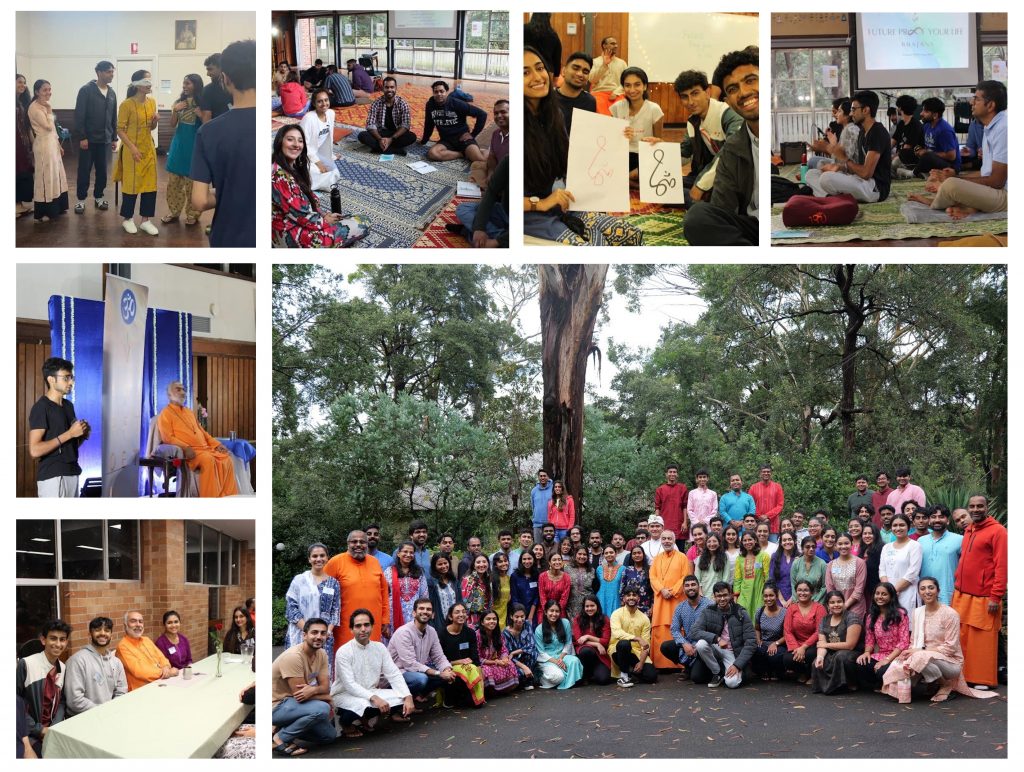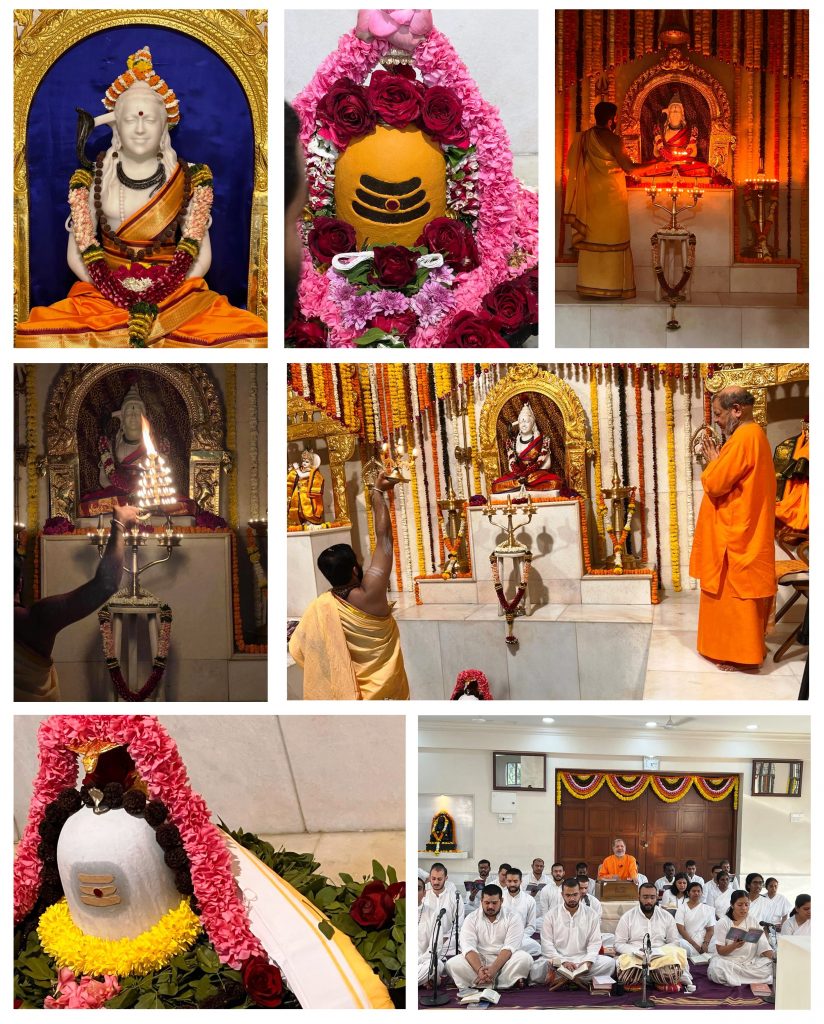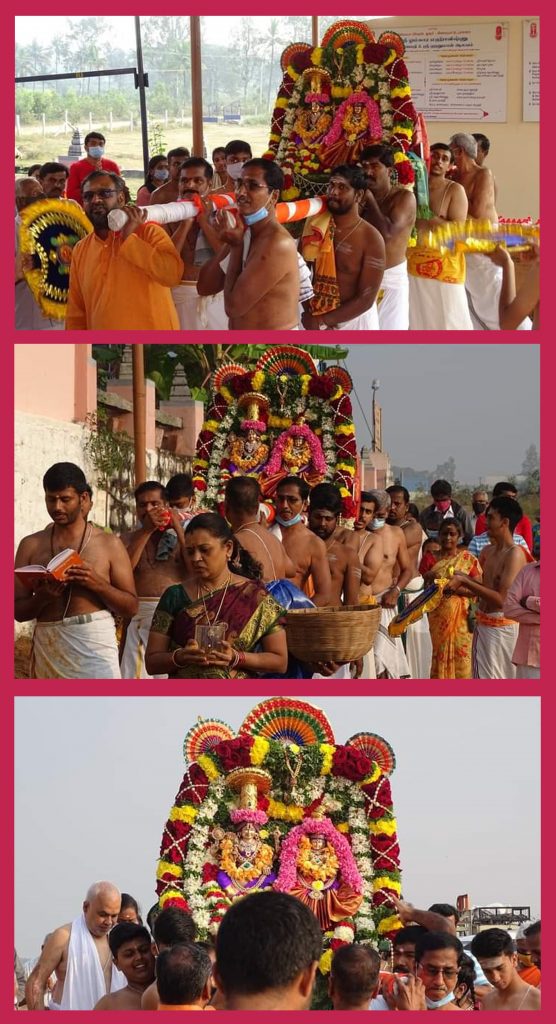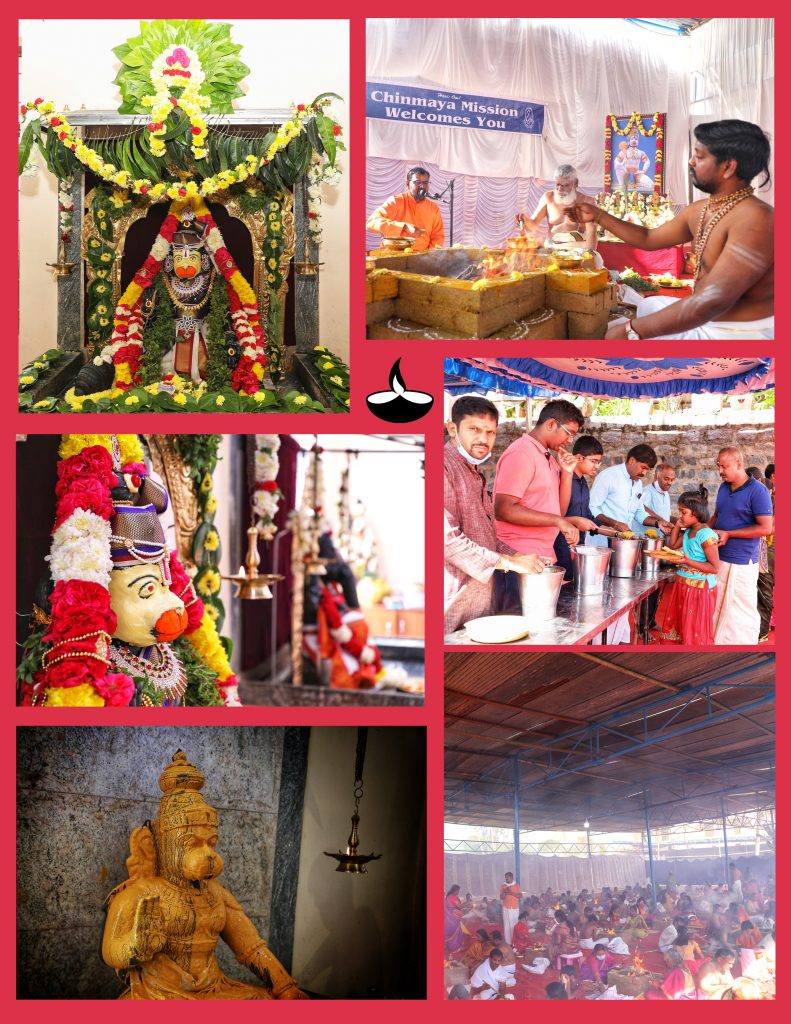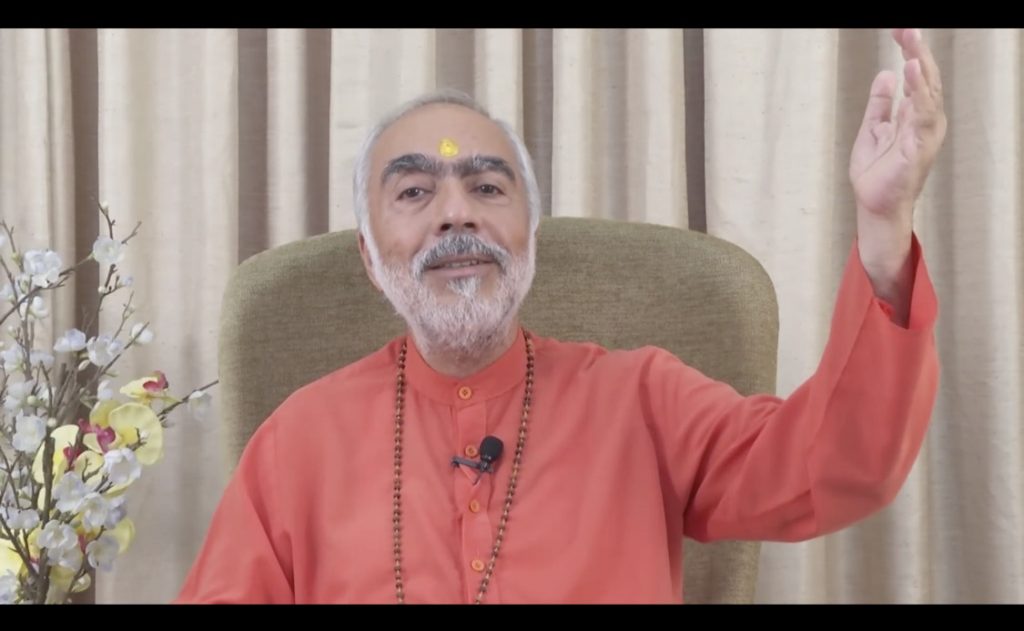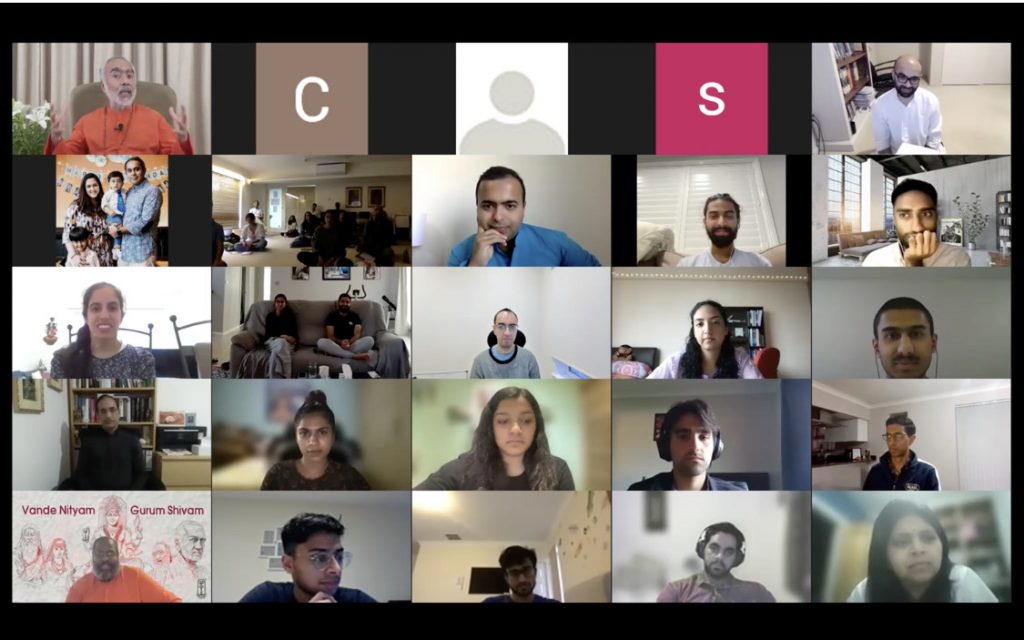Sometimes in life, despite all our sincere efforts, we experience great sorrow. These sorrows come in many forms – personal conflicts, financial instability, disease or loss of a loved one. Many have tried to find a recourse for their dilemma, but have come up empty-handed; these answers are not easily found. So what is the path to liberation from such difficult situations? The answers are in our scriptures and in the nature of Lord Hanuman, who is a shining example for overcoming obstacles. Exploring the eight verses of Sankat Mochan, penned by Sant Tulsidas, brings wisdom to help overcome the challenges that life presents.
In times of despair and to face the woes of life, we need an anchor, something or someone to hold on to. At such times, even friends or family may not be able to help us due to their own limitations. Connecting with a power larger than ourselves, helps transcend self-limiting thoughts and tap into the potential within. There is no better deity to surrender our woes to than Lord Hanuman. He can both remove obstacles and bring us happiness and peace.
What causes us sorrow?
Let us understand how sorrow comes. Sorrow is a part of life. Man, steeped in ignorance and delusions, gets attached to the materialistic pleasures of life, which foster feelings of inadequacy when those are denied to him. As a result, doubt and ego become the core of deep-rooted distress. So how can we eradicate these negative experiences from life? Begin by understanding that, like everything in the world, joy and sorrow are temporary.
Is ignorance really bliss?
Among the various reasons behind sorrow, the most dominant is ignorance. Even though the famous adage says ‘Ignorance is bliss’, we know that ignorance, the cause of great pain and misery, doesn’t give us bliss. It gives us blisters! The antidote to ignorance is knowledge. We require the light of knowledge to break free from the clutches of ignorance and the consequent sorrow. Only when this knowledge is gained from a guru, can we know the truth of life and be released from the otherwise unbreakable cycle of sorrow.
Our sages removed ignorance by invoking the light of knowledge. The first verse of Sankat Mochan indicates how Lord Hanuman tried to experience the state of supreme fulfillment and bliss. He strove to remove ignorance by devouring the Sun, the source of all knowledge, the supreme reality.
Karma and suffering
Another cause of sorrow is karma. Resulting from actions of the past, we often have to face suffering, which gives rise to despair; the feeling that we are unlucky or that we are unqualified for happiness. We cannot escape karma, we carry it with us. However, the company of saints and sages weakens its hold. Karma, our perennial companion, is forced to park itself outside the place of satsang. It is in satsang that we can find our happiness and break free from sorrow. During satsang, in the company of the wise, we are at peace and our problems of home and office are forgotten.
Identifying with the physical self
Yet another cause of sorrow is our body identification and its accompanying materialism. Clinging to the anga or bodily form is guaranteed to bring anguish upon ourselves. This does not mean we abandon the body and do not take care of it. We need to understand its limitations and avoid excessive attachment. To attain peace and forsake our worldly sorrows, it is advisable to reduce the focus on sensorial experiences. Follow Lord Hanuman’s example. He fearlessly crossed the ocean and reached Lanka, by remaining totally indifferent to any physical comforts, and also without entertaining any fears. He remembered the Lord with total faith in his goal, determined to overcome all impediments, and so achieved the impossible.
Materialism and misery
Our attachment to objects ensures that we make despair and despondency, our permanent guest. We know how Sita Maa’s longing for the golden deer eventually brought her misery. This incident is a lesson for us to eschew materialistic attachment. Objects, though alluring and fascinating, have the ability to drown us in sorrow and unhappiness when we are unable to attain them. Detachment to objects is the only way to escape the sorrow that stems from our attachment to them.
Lord Hanuman, our saviour
Our bhakti to Lord Hanuman will help us as we falter and fail in life. He can save us when ego poisons us with doubt and maya blinds us with greed. By prayer alone can we conquer this ego and set off on a path towards unadulterated happiness. A true devotee of the Lord is one who sees the universe as His form and constantly serves everyone as service to Him.
Our only hope in this sorrow filled world is devotion to the Lord, which gives us the ability to see the silver lining. The reasons for sorrow are many but so are the remedies. Let us invoke Lord Hanuman’s grace – grow closer to the Lord, increase our devotion and thus remove ignorance, and the sorrows and suffering caused by karmas.
Swami Swaroopananda
Global Head, Chinmaya Mission
